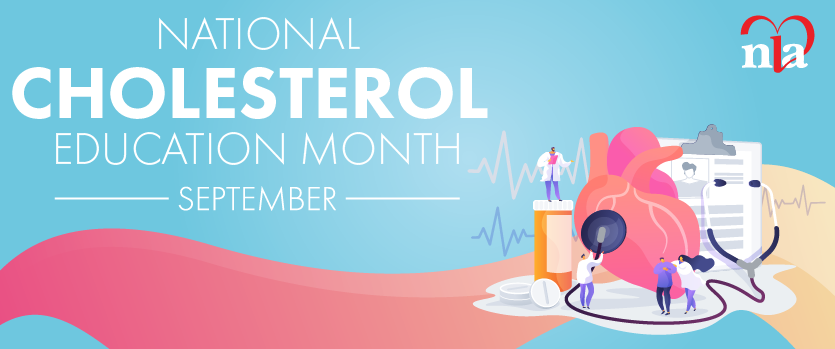The SELA board decided to devote this issue of Lipid Spin to the problem of statin intolerance. In formal clinical trials statin intolerance is reported in 2 to 3 percent of study subjects, but longer term follow up studies report a more realistic rate of 15 to 20 percent. In an informal survey of the past-president's (PZ) private practice lipid clinic 24 of the most recent 30 new patients were referred because of statin intolerance.
The most common problems reported by statin intolerant patients are muscle complaints (about 80%), but the full spectrum of statin intolerance includes increased liver enzymes, allergic reaction, headache, neuropathy, alopecia, memory disturbances, glucose intolerance, gastrointestinal disturbances, insomnia, arthralgias, exercise intolerance, depression and dizziness.
Also, patients with statin intolerance are at a clinical and economic disadvantage. In patients with a history of coronary heart disease statin intolerance is associated with an 80 percent relative risk increase for myocardial infarctions and a 53 percent relative risk increase for all cause mortality compared to similar patients able to tolerate statins. Dyslipidemic patients unable to take statins have been reported to incur a $400 to $900 greater total health care cost over an 18 month observation period compared to similar patients able to tolerate statin therapy.
This issue of Lipid Spin will examine some of the clinical strategies used to deal with statin intolerance, including switching to statins with a better tolerability profile, use of very low dose - low frequency statin administration, vitamin D supplementation, CoQ10 supplementation and the use of non-statin lipid lowering regimens.






.jpg)
.png)












